Must-Try European Dishes When Traveling to Europe 2025

With diverse flavors and rich culinary traditions, Europe offers unforgettable dining experiences for every traveler. From Italy’s creamy gelato to Spain’s sizzling paella, your taste buds will commence on a journey through centuries-old recipes. Whether you crave hearty German schnitzel or delicate French escargots, these iconic dishes showcase the best of each region’s culture. Don’t miss the chance to indulge in authentic local specialties that define Europe’s gastronomic legacy. Here’s a curated list of must-try european dishes by destination, along with tips for authentic experiences
Key Takeaways:
- France’s Boeuf Bourguignon and Escargots showcase rich, slow-cooked flavors and gourmet traditions.
- Italy’s Pappardelle Pasta and Fiorentina Steak highlight regional specialties beyond pizza.
- Germany’s Currywurst and Schnitzel offer hearty, satisfying street food and comfort dishes.
- Spain’s Paella and Pintxos celebrate communal dining and bold Mediterranean flavors.
- Portugal’s Pastéis de Nata and Bacalhau blend sweet pastries with seafood-rich traditions.
- Eastern Europe’s Goulash (Hungary) and Bigos (Poland) feature hearty, spiced stews rooted in history.
- Scandinavia’s Smørrebrød (Denmark) and Gravlax (Sweden) emphasize fresh, artfully prepared ingredients.
French Culinary Masterpieces
While France is synonymous with refined gastronomy, its dishes often balance elegance with rustic comfort. From slow-cooked stews to buttery pastries, French cuisine invites you to savor layers of flavor perfected over centuries.
Whether you’re dining in a Parisian bistro or a countryside auberge, these iconic dishes showcase why France remains a global culinary leader.
Boeuf Bourguignon
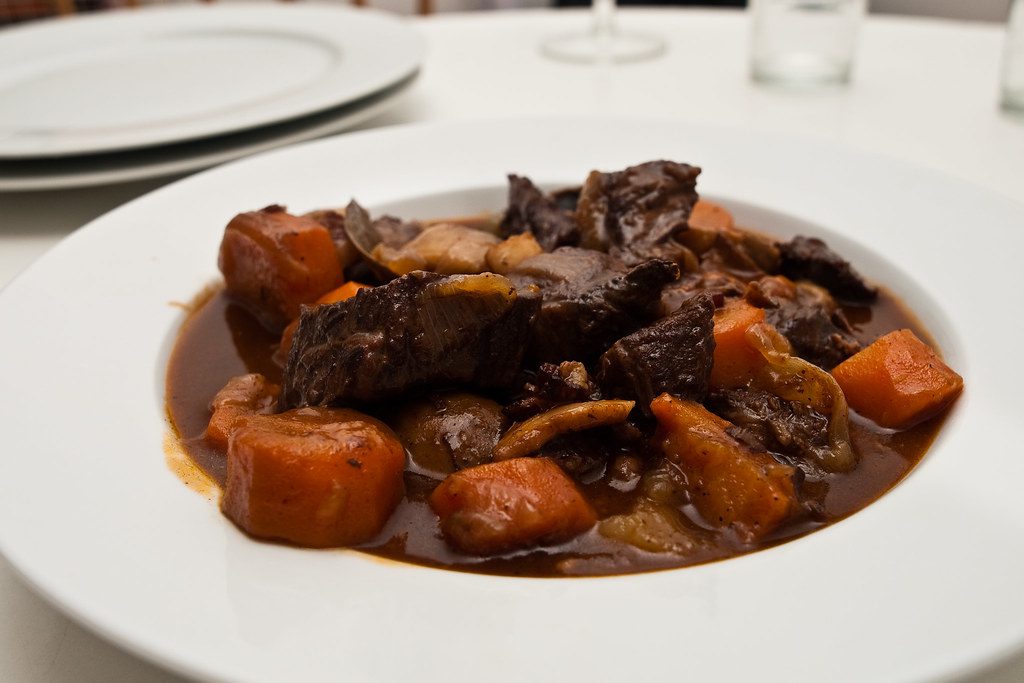
Bourguignon, a Burgundian classic, transforms humble beef into a rich, wine-infused masterpiece.
Tender chunks of meat simmer for hours with red wine, mushrooms, and pearl onions, creating a dish so flavorful it’s often called “the king of stews.” Pair it with crusty bread or buttery mashed potatoes for the ultimate French comfort meal.
Coq au Vin
An emblem of French tradition, this dish braises chicken in red Burgundy wine with bacon lardons, mushrooms, and garlic. The slow cooking renders the meat fall-off-the-bone tender, while the wine reduces into a velvety sauce.
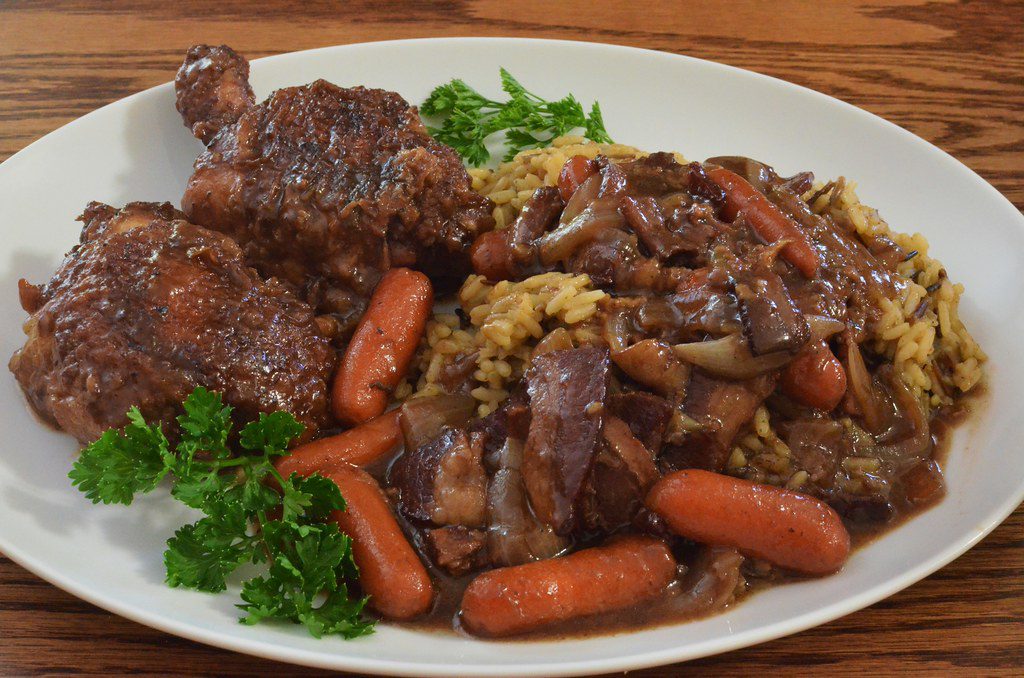
For authenticity, seek out versions made with rooster—the dish’s original protein.
Culinary historians trace Coq au Vin to rural France, where it was a practical way to tenderize older birds. Today, it’s a showstopper in bistros worldwide, proof that French cuisine elevates simple ingredients through technique.
Don’t skip the garnish of crispy lardons—they add a smoky crunch.
Escargots
Against initial hesitation, escargots win over diners with their garlic-herb butter bath. Served in their shells, these tender snails are a textural delight, offering a mild, earthy taste.
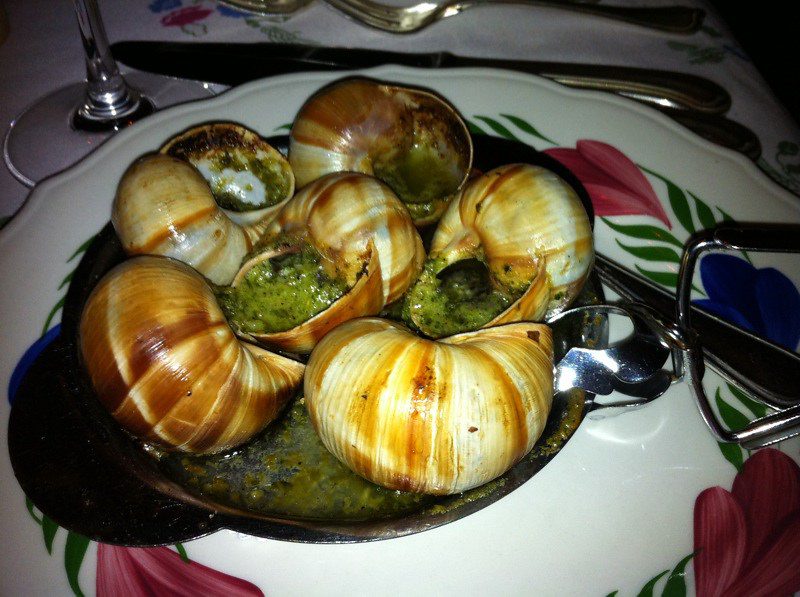
The key lies in quality preparation—always opt for restaurants specializing in this delicacy to avoid rubbery results.
This dish dates back to ancient Rome, but the French perfected it. While some fear the idea, properly cooked escargots are harmless and packed with protein.
The buttery sauce is so addictive you’ll want to sop up every drop with a fresh baguette. Just ensure they’re sourced from reputable farms to avoid contamination risks.
Italian Classics Beyond Pizza
Any trip to Italy deserves a deep look into its rich culinary heritage beyond just pizza. From silky handmade pasta to flawlessly seared steaks, Italy’s regional specialties will redefine your expectations.
For inspiration, check out this guide to 9 Traditional European Dishes You Need to Try, featuring iconic Italian flavors.
Pappardelle Pasta
Across Tuscany, you’ll find pappardelle, wide ribbon-like pasta designed to cradle hearty sauces like wild boar ragù or slow-cooked beef.
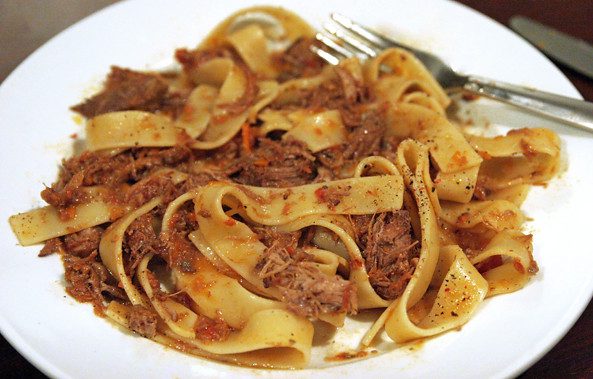
Its texture holds up to bold flavors, making it a favorite in rustic trattorias. Pair it with a robust Chianti for an authentic Tuscan experience.
Authentic Gelato
Behind Italy’s gelato obsession lies a craft perfected over centuries. Unlike commercial ice cream, authentic gelato uses less air and fat, resulting in denser, more intense flavors.
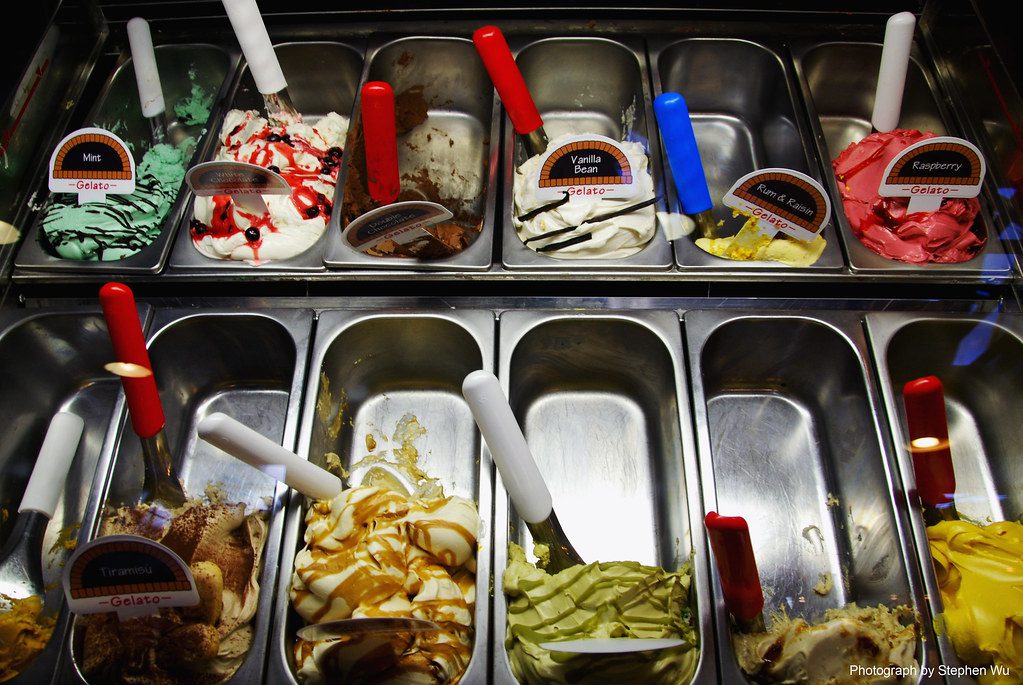
Look for natural hues (bright green pistachio is a red flag) and small-batch shops like Rome’s Giolitti.
For instance, traditional gelato avoids artificial stabilizers—real fruit flavors should taste seasonal.
In Florence, Gelateria dei Neri uses centuries-old techniques, while Sicily’s almond-based granita offers a refreshing twist. Always check for metal tins (not mounds) to spot artisanal quality.
Fiorentina Steak
About Florence’s Bistecca alla Fiorentina: this iconic T-bone comes from Chianina cattle, seasoned only with salt and cooked over wood flames.
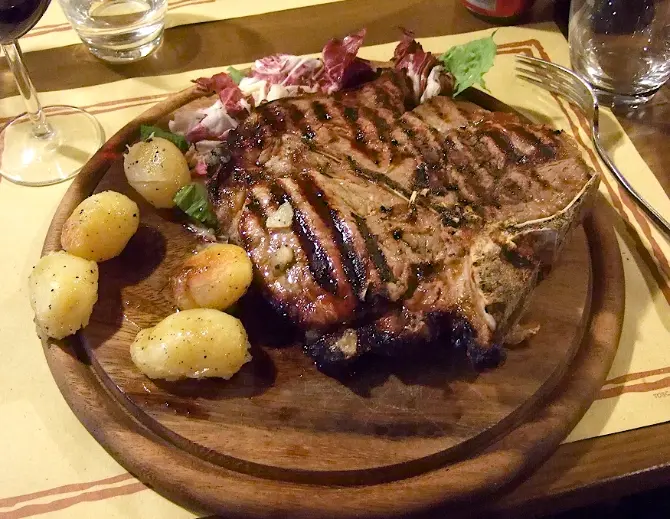
Served rare (al sangue), its charred crust and ruby center highlight the meat’s purity. One steak often feeds two—don’t dare ask for it well-done!
Pasta may dominate Italian menus, but the Fiorentina is a carnivore’s rite of passage. At Trattoria Sostanza, they’ve perfected it since 1869.
Note: authentic versions are at least 1.2kg and priced by weight—skimping means risking inferior cuts.
Pro tip: Gelato shops using unnatural colors or piled-high displays often prioritize looks over quality. For steak, avoid tourist traps near major landmarks—locals know the best spots are tucked away in side streets.
German and Austrian Comfort Food
Many German and Austrian dishes offer hearty satisfaction, perfect for fueling your travels. From smoky sausages to crispy breaded cutlets, these comfort foods highlight rich flavors and time-tested traditions.
Whether you’re strolling through Berlin or exploring Vienna, indulging in these classics will give you a true taste of Central Europe’s culinary soul.
Currywurst
For a quick yet iconic bite, try Currywurst, Berlin’s beloved street food.

This dish features sliced pork sausage smothered in a tangy curry-ketchup sauce, often served with fries or a bread roll.
Invented in 1949, it’s now a staple, with Germans consuming around 800 million portions annually. The contrast of savory sausage and sweet-spicy sauce makes it an addictive snack you won’t forget.
Schnitzel
After exploring Vienna, treat yourself to Schnitzel, Austria’s golden-crusted masterpiece. Traditionally made with veal (Wiener Schnitzel) or pork, the meat is pounded thin, breaded, and fried to crispy perfection.

Served with lemon wedges and potato salad, it’s a satisfying dish that’s popular across Germany, too. Pair it with a cold beer for the full experience.
Considering its preparation, authentic Wiener Schnitzel must use veal and be fried in clarified butter for optimal crispiness.
While pork versions (Schnitzel Wiener Art) are common, purists argue they lack the original’s delicate texture.
Watch out for oversized portions—some can be as large as your plate! For the best quality, seek restaurants displaying the “Wiener Schnitzel” label, guaranteeing adherence to tradition.
You also may like: Ultimate Guide to Traveling to Europe: Everything You Need to Know.
Belgian and Dutch Specialties
For a taste of Northern Europe’s indulgent flavors, explore Belgium and the Netherlands, where sweet and savory delights await.
From crispy waffles to caramel-filled cookies, these countries offer treats that have become iconic worldwide. Whether you’re strolling through Brussels or Amsterdam, these specialties are a must-try for any food lover.
Belgian Waffles
To experience one of Belgium’s most famous exports, indulge in a freshly made Belgian waffle.

Unlike other waffles, the Belgian version has a light, airy interior and a crisp, caramelized exterior, often dusted with powdered sugar or topped with whipped cream, chocolate, or fresh fruit.
Best enjoyed warm from a street vendor, this treat is a must-have when visiting Brussels.
Stroopwafel
After exploring Dutch markets, you’ll likely encounter stroopwafels—thin waffle cookies filled with a sticky caramel syrup. Traditionally, you place one over a hot drink to soften the caramel, creating a perfectly gooey bite.

Originating in the Netherlands, this snack has gained global popularity for its irresistible texture and sweetness.
Belgian waffles and Dutch stroopwafels may seem similar, but their textures and serving styles differ.
While Belgian waffles are thick and fluffy, stroopwafels are thin and crisp, with a rich caramel center.
Both, however, are best enjoyed fresh—whether from a street stall in Brussels or a bakery in Amsterdam. Just be careful—the caramel in stroopwafels can be extremely hot when freshly made!
Mediterranean Flavors of Southern Europe
Keep your taste buds ready for the sun-kissed, vibrant dishes of Southern Europe, where fresh ingredients and bold flavors take center stage.
From Spain’s lively tapas to Portugal’s beloved bacalhau, this region offers a culinary journey shaped by coastal traditions and centuries-old recipes. Olive oil, seafood, and aromatic herbs dominate these cuisines, ensuring every bite is a celebration of Mediterranean heritage.
Spanish Tapas
Spanish tapas are more than just small plates—they’re a way of life.

From patatas bravas (crispy potatoes with spicy sauce) to gambas al ajillo (garlic shrimp), these flavor-packed bites are perfect for sharing.
In cities like Barcelona and Madrid, hopping between tapas bars lets you experience Spain’s social dining culture firsthand.
Paella
Between the coasts of Valencia and Barcelona, paella reigns as Spain’s most iconic dish. This saffron-infused rice dish, traditionally cooked in a wide pan, features seafood, chicken, or rabbit, with the prized socarrat (crispy bottom layer) adding texture.

Authentic versions avoid shortcuts—expect slow-cooked perfection.
And while seafood paella is popular, Valencian purists insist the original includes rabbit and snails.
Beware of tourist traps serving reheated versions—seek out family-run restaurants for the real deal. The dish’s history dates back to farmers’ meals, making it a true taste of Spanish tradition.
- Ingredients: Short-grain rice, saffron, chicken/rabbit, seafood, beans, and vegetables.
- Facts: Originated in Valencia. Purists insist it must be cooked over orange wood and never stirred once simmering.
Portuguese Bacalhau
Below the surface of Portugal’s cuisine lies bacalhau (salted cod), a staple with over 365 preparation methods—one for each day of the year.
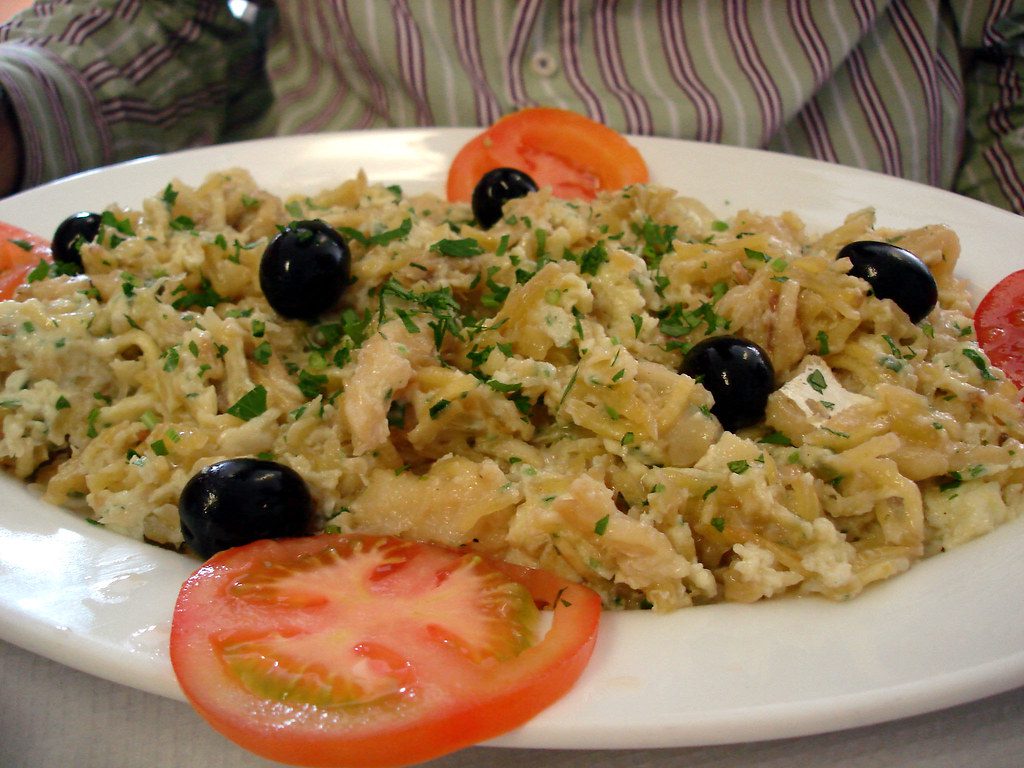
Bacalhau à Brás (shredded cod with eggs and potatoes) is a must-try, balancing saltiness with creamy textures. This dish reflects Portugal’s seafaring past, where preserving fish was vital.
Another standout is Bacalhau com Natas (cod with cream), a rich, baked casserole that’s dangerously addictive.
Freshness matters—look for thick, white fillets rehydrated for at least 24 hours. This ingredient’s versatility showcases Portuguese ingenuity, turning humble preserved fish into gourmet fare.
Eastern European Hearty Traditions
All across Eastern Europe, you’ll find dishes that embody warmth, history, and robust flavors.
From slow-cooked stews to comforting dumplings, these meals reflect centuries of tradition and resilience. Hungarian Goulash, Czech Dumplings, and Polish Bigos are just a few must-try dishes that showcase the region’s love for hearty, soul-satisfying food.
Hungarian Goulash
Behind Hungary’s most iconic dish lies a rich history of herdsmen and open-fire cooking.
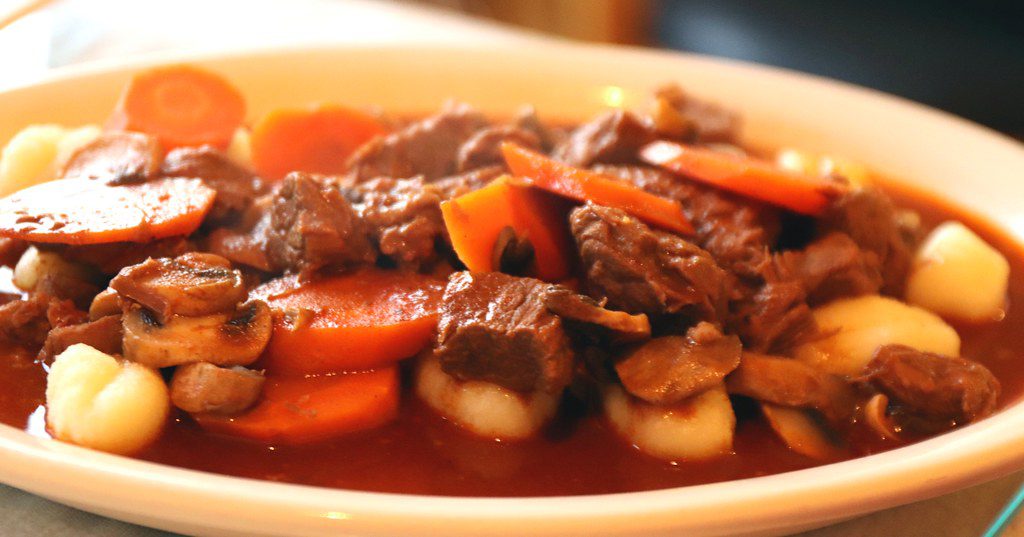
Goulash (Gulyás) is a paprika-infused beef stew with tender vegetables, originally prepared by Hungarian shepherds.
The key ingredient—Hungarian paprika—gives it a deep red hue and smoky sweetness. Served with crusty bread, it’s a dish that warms you from the inside out.
Czech Dumplings
European comfort food reaches its peak with Czech knedlíky, fluffy bread dumplings that soak up rich gravies.
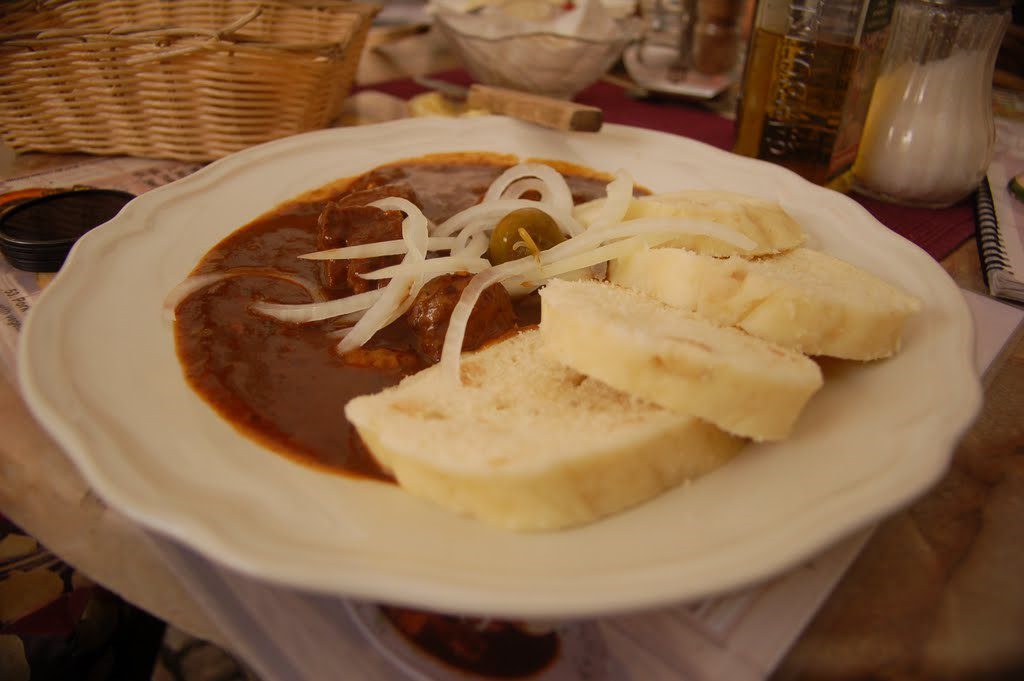
Often paired with roast pork and sauerkraut in Vepřo-knedlo-zelo, these dumplings are a staple of Czech cuisine.
Their pillowy texture makes them irresistible, especially when drenched in savory sauces.
Understanding Czech dumplings means appreciating their versatility. While savory versions dominate, sweet variations like fruit-filled knedlíky (with plums or strawberries) are equally beloved.
Locals insist the best ones are homemade—soft, slightly chewy, and never dry.
Polish Bigos
Hearty and deeply flavorful, Bigos (Hunter’s Stew) is Poland’s national dish, combining sauerkraut, fresh cabbage, and an assortment of meats—often pork, sausage, and game.
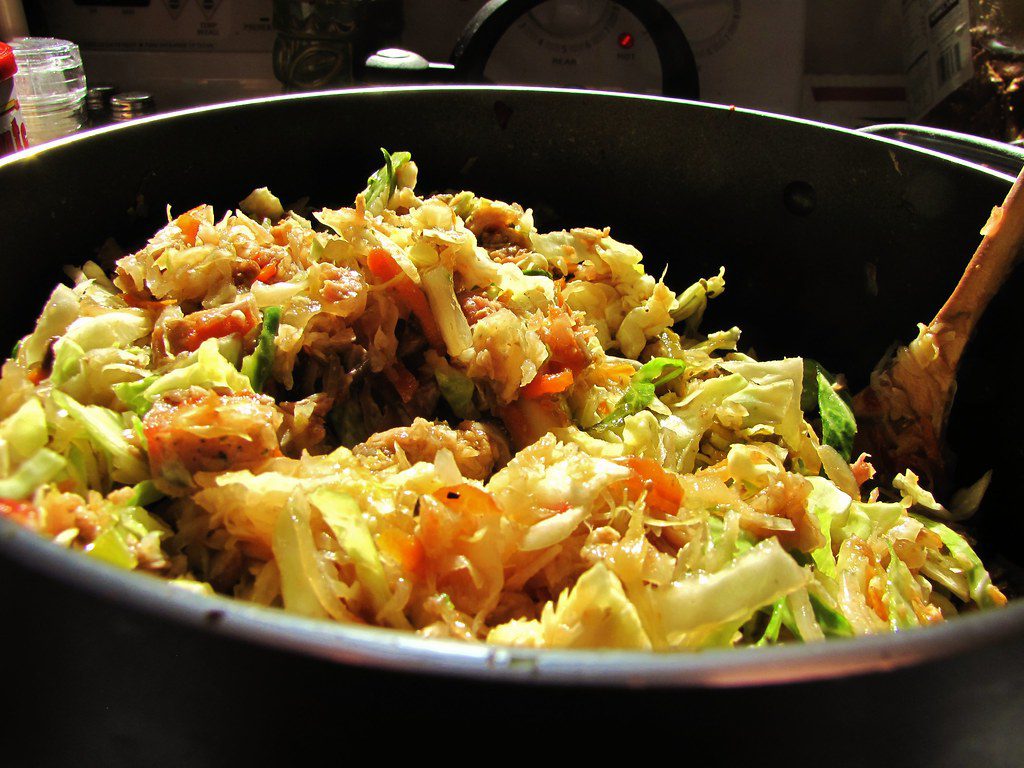
Slow-cooked for hours, it develops a tangy, smoky depth that improves with reheating. Traditionally served during winter, it’s a dish built for sustenance.
In fact, Bigos is so cherished that some families prepare it days in advance, allowing the flavors to meld. The longer it sits, the better it tastes—though beware, its intense aroma might linger in your kitchen!
For an authentic experience, pair it with dark rye bread and a shot of Polish vodka.
To Wrap Up
With this in mind, your European culinary journey should include these iconic dishes to fully experience the continent’s rich gastronomic heritage.
From France’s Boeuf Bourguignon to Italy’s Pappardelle Pasta, Germany’s Schnitzel, Spain’s Paella, and Greece’s Moussaka, each dish tells a story of tradition and regional pride.
Whether you indulge in Portugal’s Pastéis de Nata or savor Poland’s Bigos, these flavors will deepen your connection to Europe’s diverse cultures. Let your taste buds lead the way—each bite offers a delicious glimpse into the heart of European cuisine.
FAQ
What is the most iconic French dish to try in France?
Boeuf Bourguignon stands as a quintimperative French dish, featuring tender beef slow-cooked in red wine with garlic, onions, and herbs. For a bolder choice, Escargots (buttery garlic snails) offer a uniquely French experience, often served with crusty bread.
Which Italian dishes go beyond pizza and pasta?
Fiorentina Steak, a thick-cut T-bone from Florence, showcases Italy’s mastery of grilled meats. For dessert, authentic gelato—available in flavors like pistachio and stracciatella—is a must. Pappardelle al Cinghiale (wild boar pasta) also highlights regional specialties.
What street food should I try in Germany and Spain?
In Berlin, Currywurst (curry-spiced sausage with ketchup) is a beloved fast food. In Spain, seek out Pintxos—small skewered bites like anchovies or chorizo on bread—especially in San Sebastian’s bars.
Are there vegetarian-friendly iconic dishes in Europe?
Greece’s Moussaka (layered eggplant with béchamel) and Spain’s Patatas Bravas (spicy fried potatoes) are flavorful options. The Netherlands’ Stroopwafel (caramel-filled waffle cookies) and Italy’s Caprese Salad (tomato, mozzarella, basil) also cater to vegetarians.
What sweet treats are unique to smaller European countries?
Portugal’s Pastéis de Nata (custard tarts) and the Czech Republic’s Trdelník (grilled cinnamon pastry) are iconic. Belgium’s Liège waffles, studded with pearl sugar, and Denmark’s Smørrebrød (open-faced rye sandwiches) also shine.
Final Note: Europe’s food is as diverse as its cultures. Embrace local customs, ask for recommendations, and savor every bite! 🧀🍷




